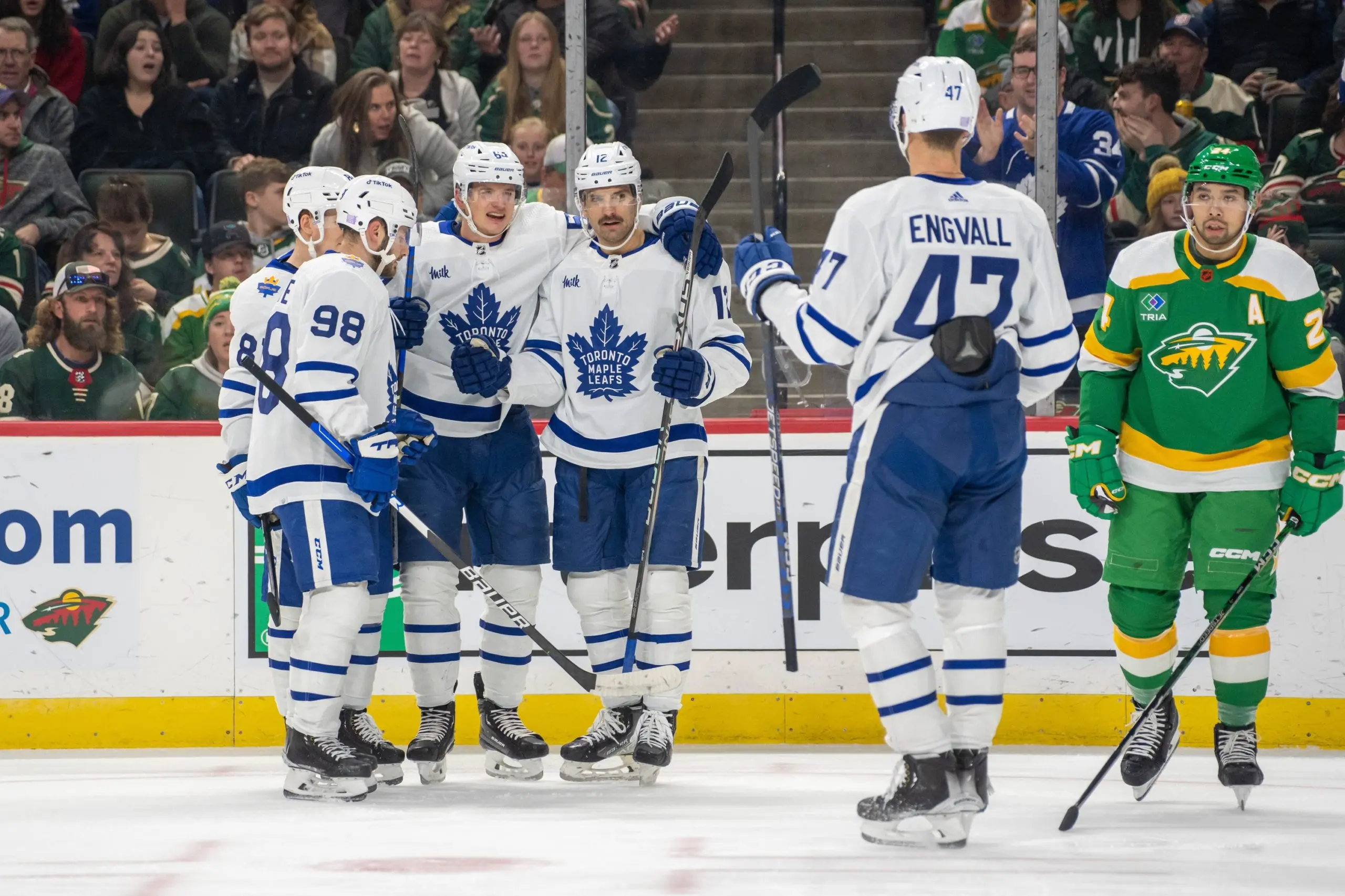Exploring whether or not the Leafs truly need more secondary scoring
Photo credit: Matt Blewett-USA TODAY Sports
By Jon Steitzer
Feb 3, 2023, 06:00 EST
Breaking News
- Knee Jerk Reaction: Panthers tie series at 2 after Maple Leafs’ worst performance of playoffs
- All eyes will be on Maple Leafs’ Joseph Woll in Game 4
- NHL betting preview (May 11): Maple Leafs vs. Panthers Game 4 predictions
- Injury be damned, the Leafs need a monster performance from their captain in Game 4: Leafs Morning Take
- Mitch Marner on why Matthew Knies is an important playoff presence: ‘He’s got a big body’
